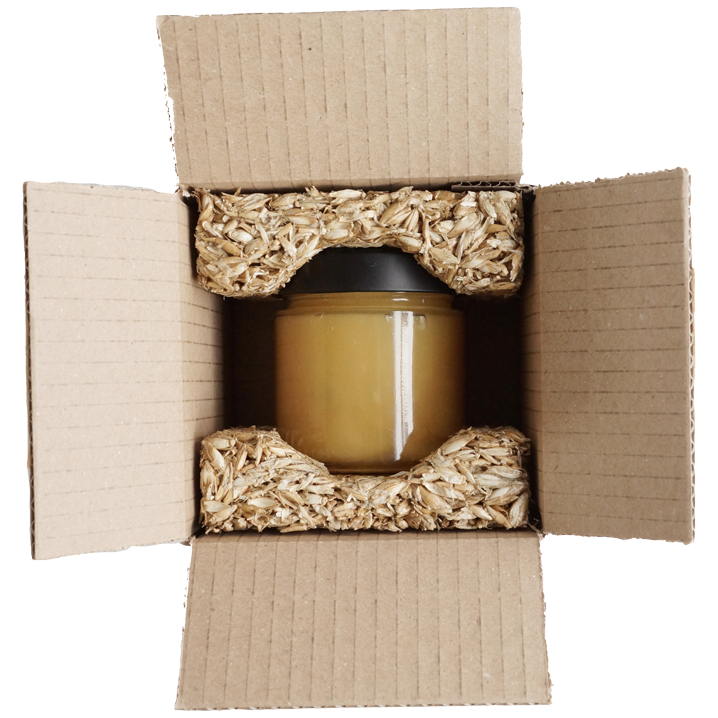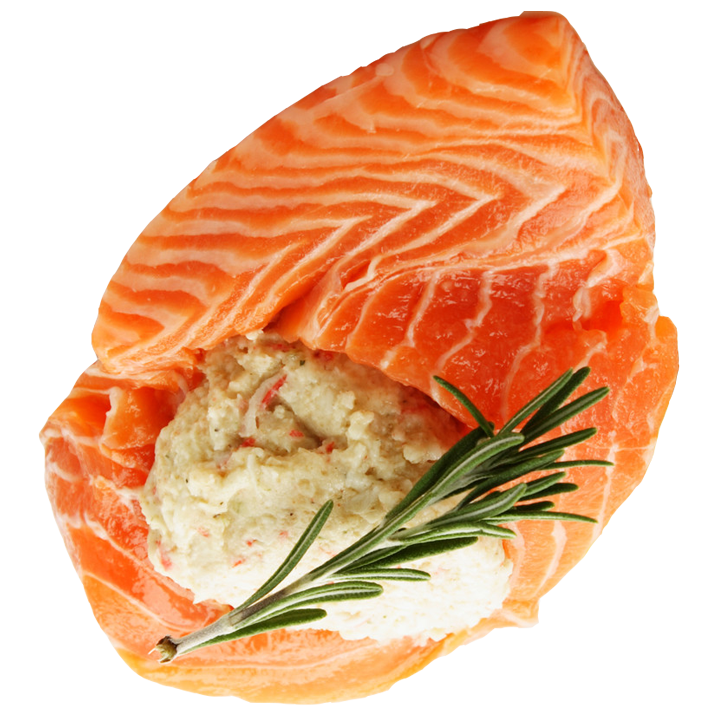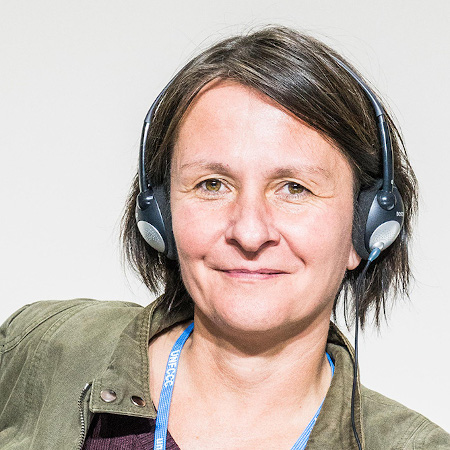28.06.2022 News
Energy Microorganisms Biotechnology/Systems biology
Wacker builds biotechnology center in Munich
The Wacker chemical group is building a new Biotechnology Center in Munich for a double-digit million sum by 2024.
28.06.2022 News
Energy Microorganisms Biotechnology/Systems biology
The Wacker chemical group is building a new Biotechnology Center in Munich for a double-digit million sum by 2024.
01.07.2022 News
Chemistry Waste Materials sciences
A research team from Hanover is developing a wood-plastic composite that will contribute to the circular economy.

04.07.2022 Product
unspecific Plants
Not just since Corona has online trade been booming - and so has the demand for packaging and cushioning materials. A nature-based innovation now offers an alternative to conventional cushioning materials and turns the packaging industry into a circular economy.
05.07.2022 News
Chemistry Waste Chemistry
The Leibniz Institute for Catalysis (LIKAT) in Rostock has opened a new facility to perform laboratory chemistry in the kilo range.
05.07.2022 Country
unspecific unspecific Bioökonomie mitgestalten
The westernmost country in South America is rich in bioresources, is a globally important agricultural and food producer, and has an export-oriented forestry industry. The biotechnology sector is on the rise. While there is no explicit bioeconomy strategy, a number of policies are relevant to the biobased economy.
06.07.2022 News
Agriculture and forestry Plants Biotechnology/Systems biology
The water dependence of plants and ecosystems as a result of climate change will increase significantly in some regions, according to a new study.
01.07.2022 Studies and statistics
unspecific unspecific Biodiversity
Economists at the Finance for Biodiversity (F4B) Initiative warn in a study that the loss of biodiversity could severely damage the revenue streams of many countries.
11.07.2022 News
unspecific Plants Materials sciences
Natural fiber-based organic sheets are expected to make the housings of e-bike batteries lighter.
12.07.2022 News
Agriculture and forestry Plants Agriculture sciences
Using corn straw and the blight fungus Ustilago maydis, researchers want to create an oil that can replace palm oil.
13.07.2022 Success story
unspecific Microorganisms Biotechnology/Systems biology
A new purification process promises environmentally friendly extraction of proteins for the food and pharmaceutical industries.
18.07.2022 News
Chemistry Microorganisms Chemistry
BASF Care Creations has developed two new cosmetic active ingredients based on probiotics.
20.07.2022 News
Construction Plants Agriculture sciences
The University of Göttingen has signed an exclusive licensing agreement with Munich-based start-up Smarter Habitat to produce building materials from popcorn granules.
15.07.2022 News
Food Fungi Biotechnology/Systems biology
Mushlabs and Bitburger are expanding their partnership: The biotechnology start-up will use brewery residues as raw materials to feed the fungal mycelia, which in turn will be used to produce new foods.
25.07.2022 News
Chemistry Microorganisms Biotechnology/Systems biology
France's Carbios joins forces with PUMA and other sporting goods and apparel companies to establish a biotech-based circular economy in the textile industry.
26.07.2022 News
Food Waste Nutritional sciences
Researchers want to replace sugar in ice cream with dietary fiber from food production by-products.
03.08.2022 News
Food Animals Biotechnology/Systems biology
Researchers in Mainz have developed a model that can be used to modify the texture of vegetarian and vegan sausages to produce the right crunch.
01.08.2022 News
Agriculture and forestry Plants Biotechnology/Systems biology
The Swabian Jura could soon become the Provence of southern Germany: Researchers want to grow lavender here for essential oils and textile fibers.
09.08.2022 News
Agriculture and forestry Plants Agriculture sciences
Active ingredients from medicinal plants such as thyme and chamomile can now be used even more effectively thanks to a new process.
28.07.2022 Studies and statistics
unspecific unspecific unspecific
Earth Overshoot Day 2022 is even earlier than last year. According to calculations by the Global Footprint Network, the world's population would need 1.75 Earths measured by its resource consumption.
08.08.2022 News
Energy Waste Chemistry
A new process improves the economic viability of synthetic fuels from biogenic residues.
02.08.2022 News
Chemistry Microorganisms Biotechnology/Systems biology
The TUM WACKER Institute for Industrial Biotechnology is scheduled to begin operations in the 2022/23 winter semester.
Fri, 08/05/2022 - 12:00 In-depth report
Food unspecific unspecific
New molecular tools, modern bioprocessing technology and powerful IT are enabling the biotechnology industry to tailor-make biomolecules with interesting properties. This dossier presents the emerging field of precision fermentation.
15.08.2022 News
unspecific unspecific unspecific
According to the latest Green Startup Monitor, most green startups are in the energy and agriculture sectors.
16.08.2022 News
Pharmaceutical industry Microorganisms Biotechnology/Systems biology
A new process enables the optimization of numerous drugs, including antibiotics, antidepressants and cholesterol-lowering agents.
18.08.2022 News
Food Plants Agriculture sciences
Food tech start-up Bluu Seafood presents fish sticks and fish balls, its first products made directly from cultured fish cells.

10.08.2022 Product
Food Plants
Anyone who loves fish can now leave it in the ocean and go for a slightly different salmon - made from pea protein instead of fish, 3D printed instead of caught.
16.08.2022 Success story
Chemistry Plants Agriculture sciences
In the BIOSDG joint project, a research team is investigating what contribution the bioeconomic transition can make to achieving the global sustainability goals.

17.08.2022 Interview
Chemistry Waste Biotechnology/Systems biology
Prateek Mahalwar of start-up BIOWEG on microspheres made of bacterial cellulose that are biodegradable and can replace microplastics in many products.
22.08.2022 News
Chemistry Microorganisms Biotechnology/Systems biology
Cultivating microalgae can be profitable in agriculture. According to researchers, however, it depends on which products are to be produced for which industry.
25.08.2022 News
Construction Plants Materials sciences
An EU project is testing sustainable structures made of flax fibers and bio-resin. One of the three bridges is to be built in Ulm.

22.08.2022 Interview
Agriculture and forestry Plants Agriculture sciences
Leibniz Prize winner Almut Arneth researches the interactions and feedbacks between terrestrial ecosystems and climate change.
29.08.2022 News
Agriculture and forestry Plants Agriculture sciences
Growing a variety of crops in the field can prevent unwanted weeds from spreading and reducing yields.
30.08.2022 News
Agriculture and forestry Plants Agriculture sciences
BayWa Venture GmbH becomes new strategic partner of Austrian start-up Kern Tec, which processes fruit pits into new food products.
01.09.2022 News
Food Plants Agriculture sciences
Proper lighting allows edible algae to produce twice as many nutrients.
05.09.2022 News
Chemistry Waste Chemistry
A German-Turkish collaboration recycles residual materials from the fruit juice industry into epoxy resins.
06.09.2022 News
Construction Plants Biodiversity
Multi-story houses made of wood could save more than 100 billion tons of greenhouse gases in cities by 2100, according to a study by the Potsdam Institute for Climate Impact Research.
01.09.2022 Success story
unspecific unspecific Bioökonomie mitgestalten
A research project examines mentalities, their backgrounds and consequences regarding the ecological-social transformation.
14.09.2022 News
Agriculture and forestry Plants Agriculture sciences
Researchers are investigating whether the cultivation of hemp as an intercrop can lead to a reduction in nitrate concentrations in the soil and whether hemp leaves can replace the soy content in the feed of dairy cows.
13.09.2022 News
Chemistry Plants Chemistry
A research project has developed dimethylfuran as a solvent for paints and coatings. Production is now being scaled up.
Fri, 02/03/2023 - 12:00 In-depth report
unspecific unspecific unspecific
Organic residual and waste streams have considerable but often untapped potential as a resource for a sustainable bioeconomy. This dossier presents innovative research approaches to waste utilization.